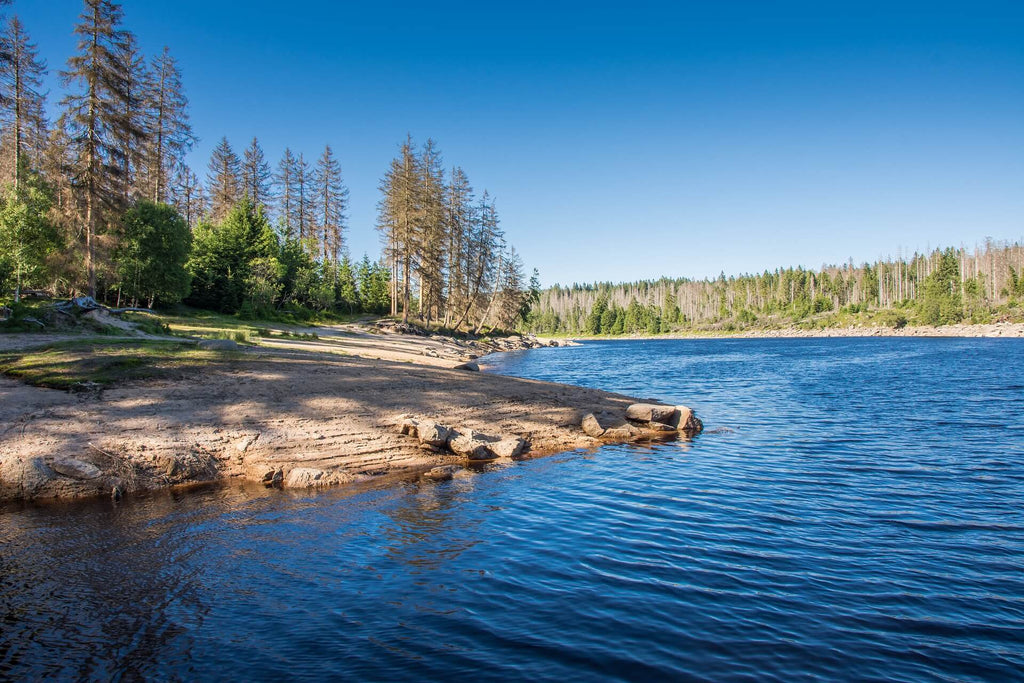Sending distress signals in nature – this is how you draw attention to yourself

For many outdoor lovers, a stay in nature can never be remote enough. Although heavily visited regions and natural areas give you the long-awaited portion of balance, freedom and closeness to nature , it is often the completely deserted areas of our earth that exude an unbeatably impressive character in terms of charm. Far away from noise, hectic activity and other influences that constantly bombard us, in these special and increasingly rare places you finally have the feeling of being able to perceive the silence that you need to look deep into your inner self. In most cases, however, this step towards nature also means that you have to give up part of your safe comfort zone. If you can no longer rely on mobile phones and cell phone reception, you should always be sure that you can react in an alternative way in an emergency situation . WOLFGANGS shows you how you can successfully send emergency signals in nature if the worst happens.
Send emergency signals - issue SOS
The most well-known way of sending a rescue signal , which has also been standardized internationally and can therefore always be recognized, is SOS . The emergency signal was originally intended exclusively for use via Morse devices, but it can also be sent using light or sounds.
The letters "SOS" are emitted using fixed and uniform signals. Using the signals " three short, three long, three short " you can make an emergency call easily and efficiently. It is advisable to always pause for one second between each signal sequence so that the signals can be received clearly and without complications. It is extremely important that the other side can clearly identify and recognize the signals, some of which are vital to survival. Only a pause between the emergency signals can provide clarity. It is important to repeat this process until you receive a response. Only those who rely on a long-lasting and continuous signal can increase their chances of being seen.
There are several excellent ways to send SOS distress signals in nature:
- flashlight/headlamp/light
- signal whistle/whistle/whistles
Both approaches ensure that you can be recognized and heard from a long distance in an emergency. SOS sounds that can only be heard in close proximity also limit success.

The Alpine Emergency Signal
The Alpine emergency signal is also an excellent way to make yourself known in the field. The requirements for sending the signal are the same as for the SOS signal. You should therefore also think about the following aids or carry them in your backpack before you start your trip:
- Light-generating devices such as flashlights or headlamps
- Noise-producing aids such as signal whistles, whistles, wooden spoons and pots
Especially in situations where it is hardly or not at all possible to establish visual contact with the rescue team, the Alpine emergency signal is a first-class opportunity to still reach people who need help. The Alpine emergency signal is also internationally standardized and can therefore be recognized by rescue workers worldwide.
The Alpine emergency signal should be given 6 times within a minute. In this way, you can ensure that a light or sound signal is given every ten seconds. Once you have given your emergency signals for a minute, it is important that you then pause for a minute. During this time, it is extremely important to listen for a response signal and to avoid any noise-producing activities if possible. If there is no response, start again from the beginning and send the signal sequence described above for another minute. If the rescue services hear you, they will answer your help signals with 3 characters and then pause for a minute. During this time, you will have another opportunity to approach them with a response.
The alternating play of signal generation and pausing on both sides enables flawless and very precise communication over long distances.
Alpine emergency signal when rescue services are sighted
When you see the rescue team, try to draw attention to yourself, for example when a rescue helicopter appears above you. It is best to stretch both arms up clearly. This pose will make your arms resemble a " Y ", which the rescue team will interpret as a " Yes " - " Yes, I need help ".
If you are not injured and are able to arrange letters on the ground, you can also use this method to make a clear " Y " or even complete sentences. Try using stones, sticks, branches or similar and make sure you are seen.
An “ N ” for “ NO ” can also serve as a means of communication. By stretching one arm upwards and leaving the other at an angle, you become a living “ NO board ” and effectively manage to convey this short message.
Sending distress signals in nature - no matter how!
Even if the emergency signals described above have a clear definition at the international level and communication is thereby made much easier, the motto should always be that the main thing is to draw attention to yourself somehow!
Whether it's fire or smoke signals, makeshift flags and banners, or even knocking and hammering noises - sending out a signal that is unlikely to be successful is still better than doing nothing at all. The most important requirement is, of course, that you are in good physical shape and that you do not make your condition worse by sending a signal. If you are injured or weak, too much physical strain can lead to your strength failing even faster. It is important to make a realistic assessment of the overall situation and your own condition in order to then be able to use this knowledge to decide how to proceed and what you feel you are capable of.






